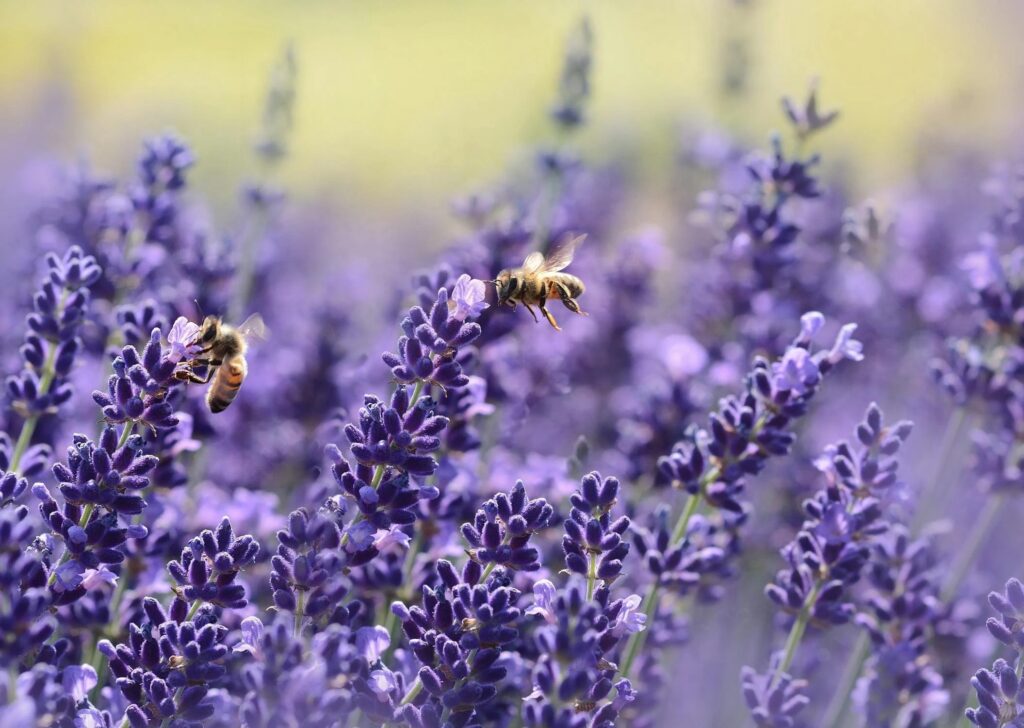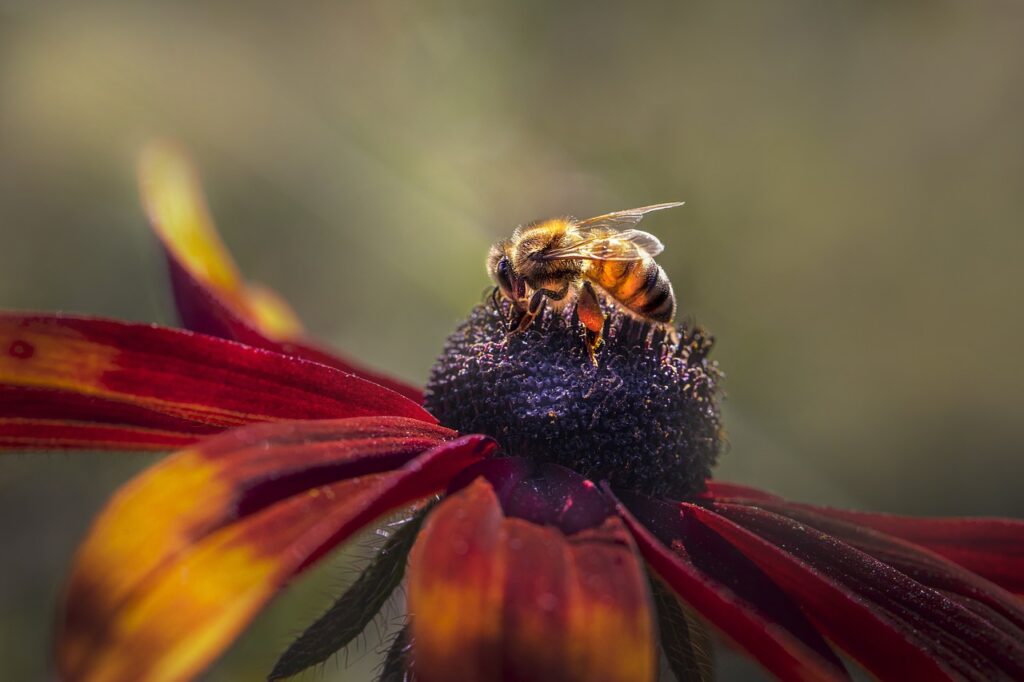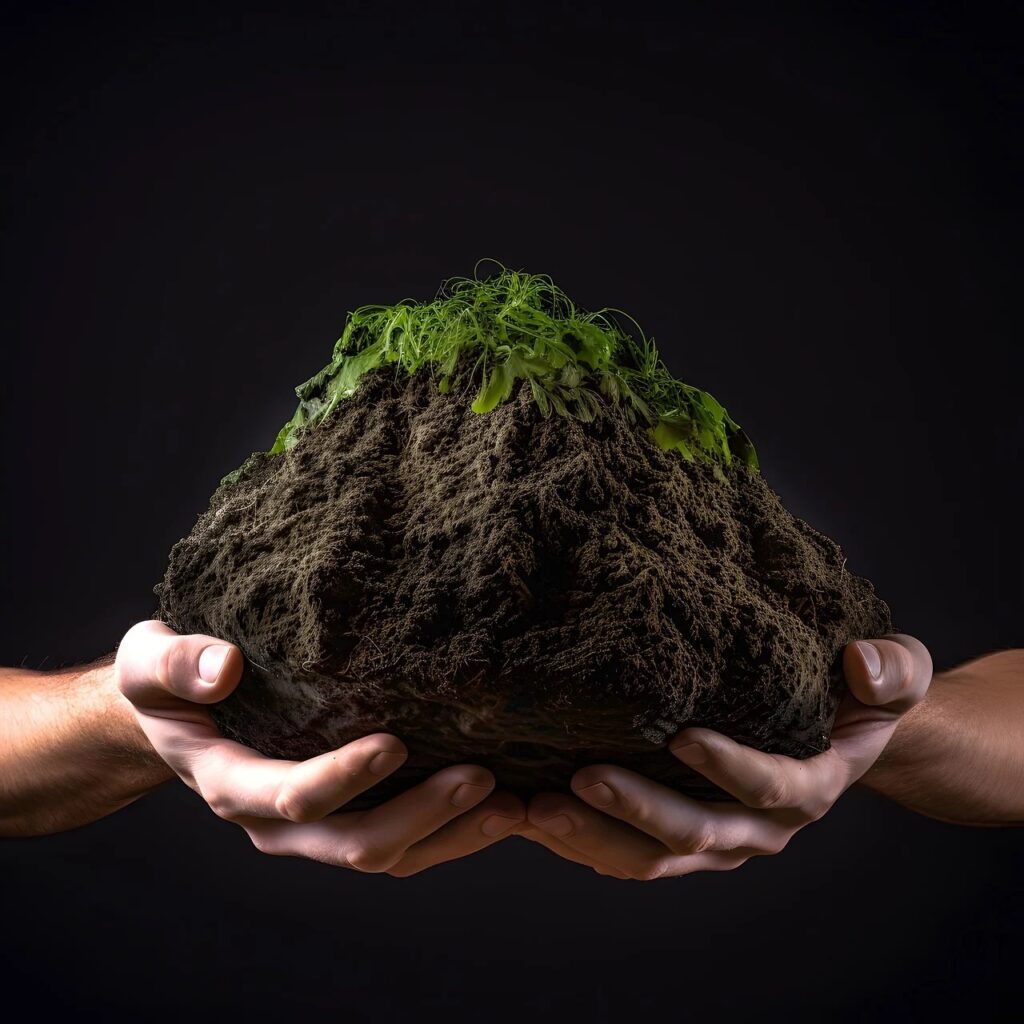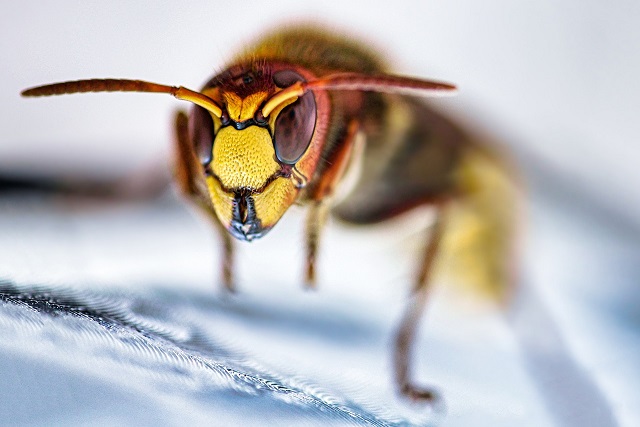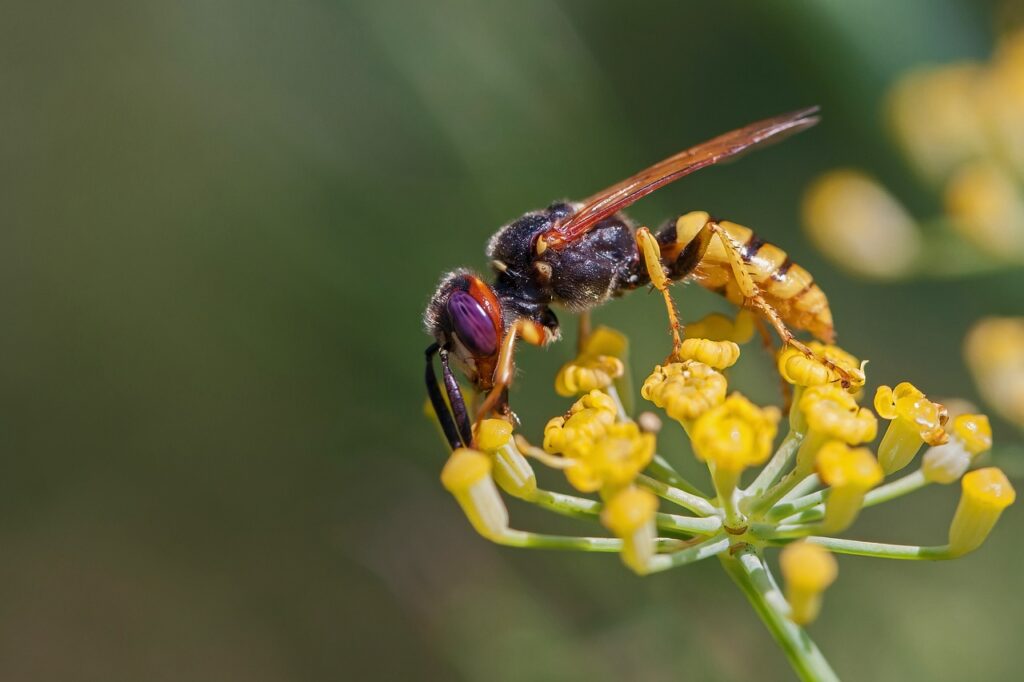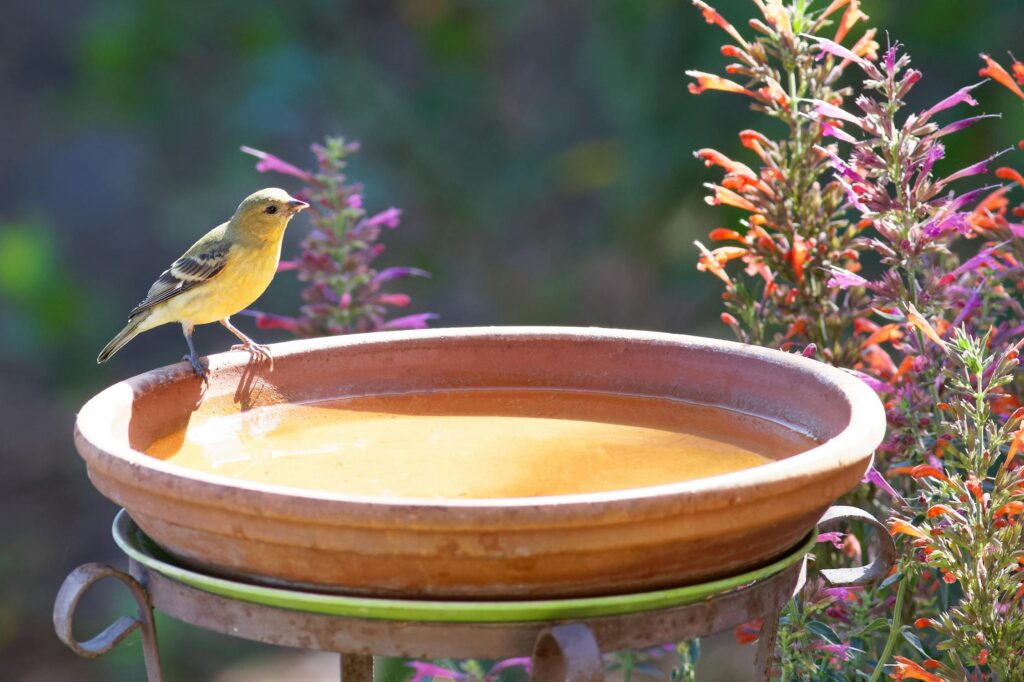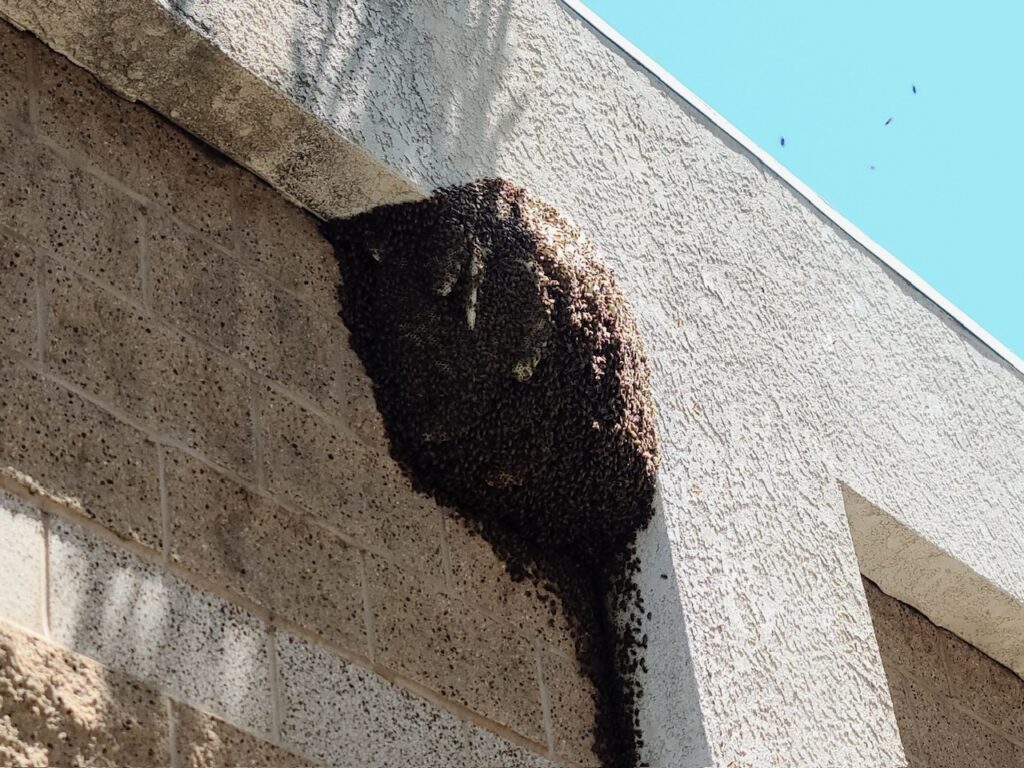Bee News



Bumble bees are fascinating and vital creatures that play an essential role in the ecosystems of California and beyond. Known for their distinctive black and yellow stripes and fluffy appearance, these pollinators are crucial to the health of many plants, including a multitude of fruits and vegetables. However, the classification and protection of bumble bees in California present a unique scenario that has raised eyebrows among environmentalists and bee enthusiasts alike.
In California, bumble bees are classified as “fish” under the California Endangered Species Act. This unusual designation stems from the broader interpretation of the term “fish” within California law, which includes amphibians, reptiles, birds, and insects. Under this classification, bumble bees do not currently receive the same level of legal protection as other endangered species. This peculiar categorization has sparked debates about the adequacy of protections for these important pollinators, especially given their declining populations across the United States.
Bumble bees face various threats that contribute to their decline. Habitat loss due to urbanization, agricultural development, and climate change have dramatically reduced their natural environments. Additionally, the use of pesticides in agriculture can have detrimental effects on bumble bee populations, not just through direct exposure but by disrupting their foraging patterns and altering the availability of food sources. In urban areas, the fragmentation of habitats makes it challenging for bumble bees to thrive, as they require large areas of foraging resources and nesting sites.
Despite their current lack of formal protection under California law, there are numerous conservation efforts underway to address the decline of bumble bee populations. Various organizations and researchers are working to raise awareness about the importance of these pollinators and the need for habitat preservation. Initiatives aim to create bee-friendly gardens, restore natural habitats, and educate the public about the significant role bumble bees play in our ecosystems.
Encouraging biodiversity in our own backyards can also help support bumble bee populations. Homeowners can plant native flowering plants, provide nesting sites, and avoid using harmful pesticides, contributing to a healthier environment for these pollinators. California residents can engage in local conservation programs that promote the planting of wildflowers and native plants, creating a welcoming habitat for bumble bees and other beneficial insects.
On a broader scale, calls for revising the legal status of bumble bees and providing them with greater protection are gaining momentum. Advocates urge state legislators to reconsider the implications of classifying bumble bees as fish and to implement policies that support their survival. With growing public awareness and engagement, there is hope that effective changes can be made to preserve these indispensable pollinators.
While bumble bees in California are currently classified as fish and do not enjoy formal protections, their critical role in pollination and ecosystem health cannot be overstated. The decline of bumble bee populations is a cause for concern, demanding concerted efforts from individuals, communities, and lawmakers alike.








